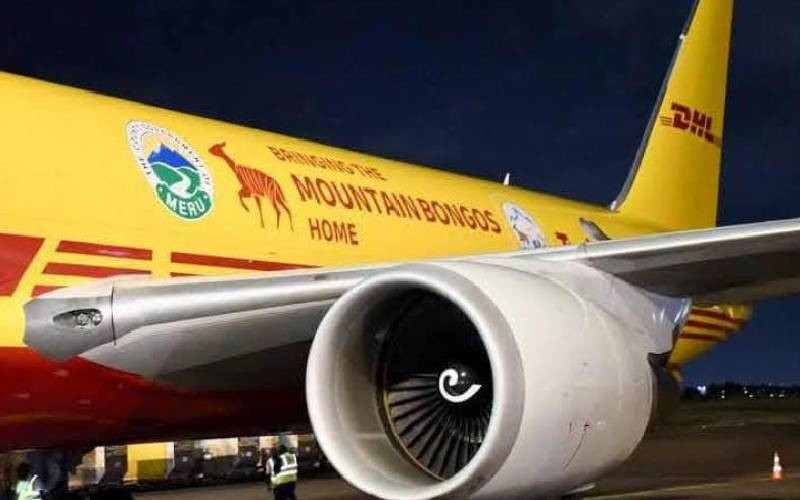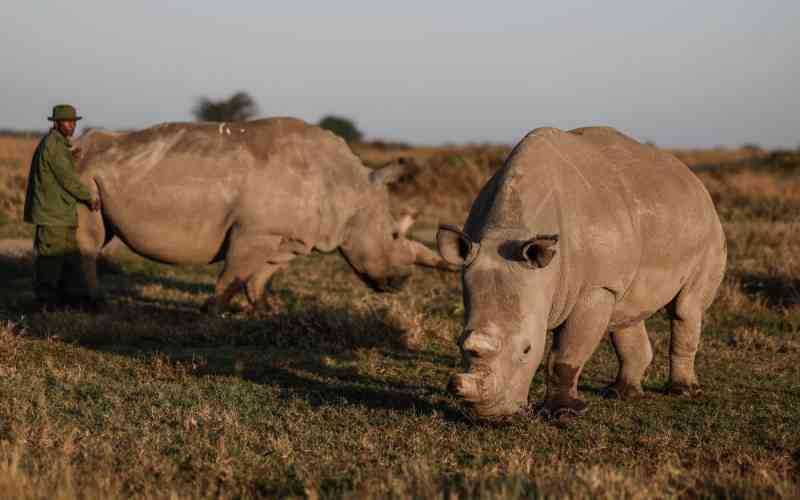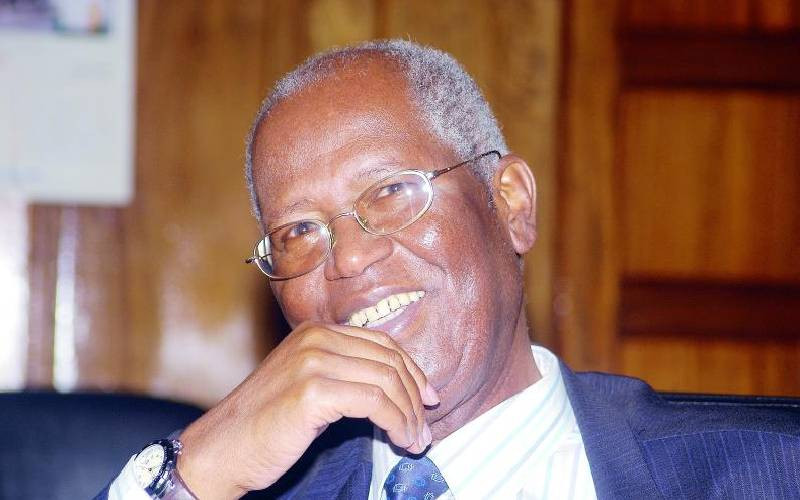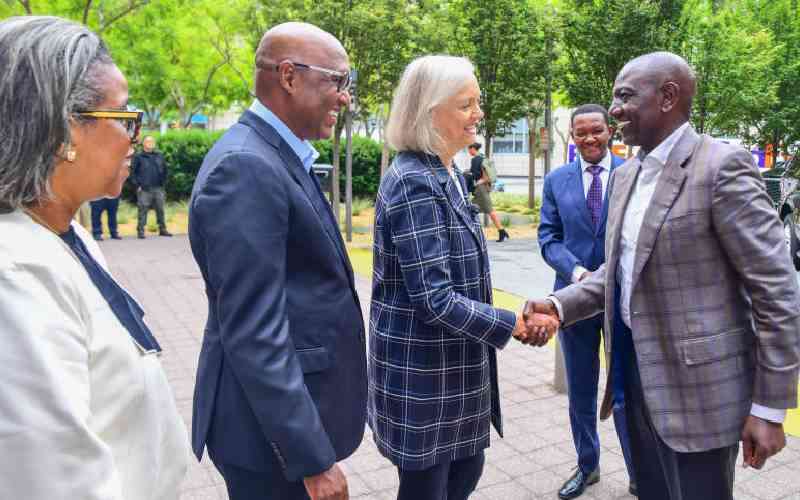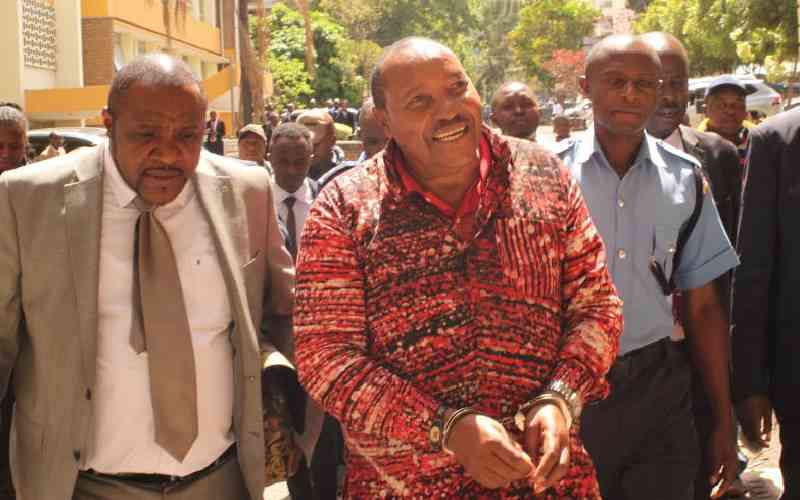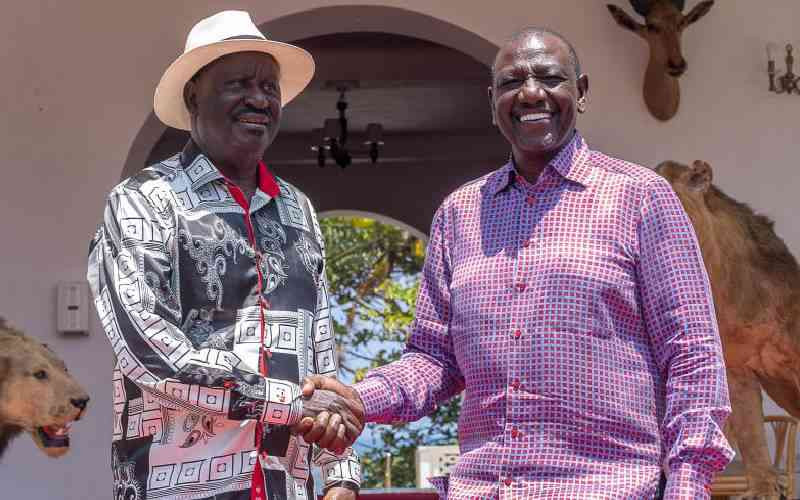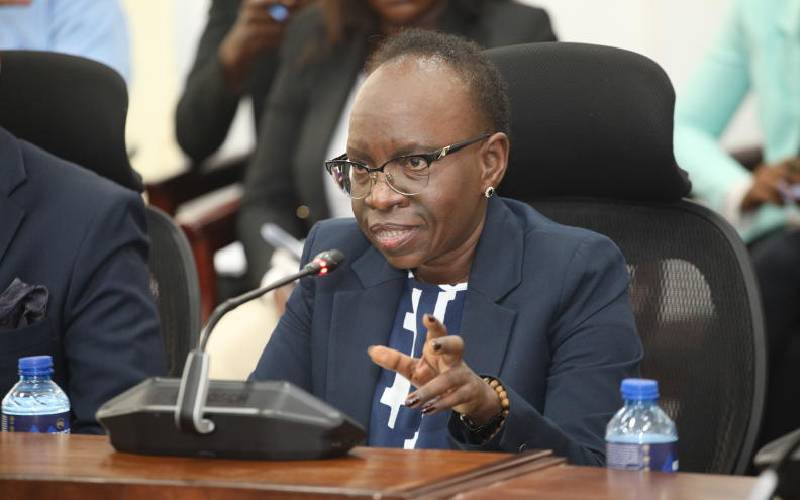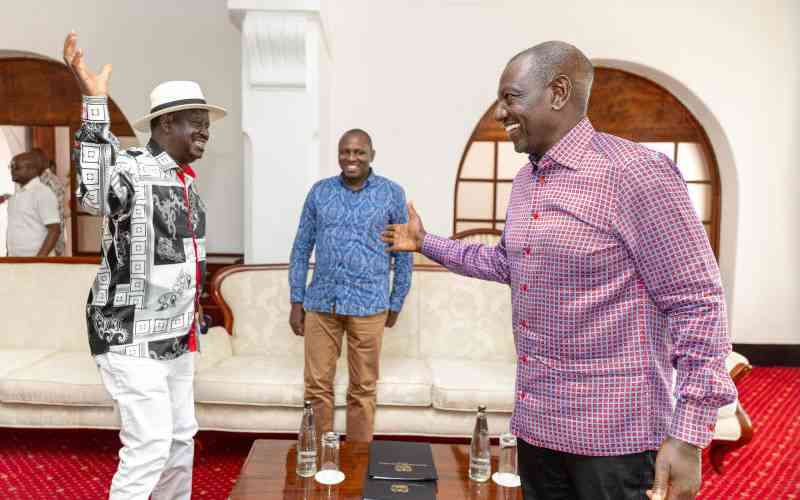By Hassan Omar Hassan
My great friend Yasir Brek is a man with a penchant for adventure. A highly talented architect, Yasir equally bears a passion for Kenya’s wildlife and exotic parks. And for this purpose he is ‘armed to the teeth’. In his armour of possessions, Yasir has tents, sleeping bags, jungle ‘outfits’ and ware among a litany of ‘props’ I last saw in an Indiana Jones movie.
Yasir often invites me to go witness the extraordinary annual Great Migration of the wildebeest. He has extended similar invitations to a host of other adventurous detours. In all instances, I have text back my regrets. When immersed in the adventures of a violating and unaccountable political class, the human rights adventure becomes your life.
A few weeks ago, Yasir suggested that we should go and watch this year’s Rhino Charge scheduled for June 3, to which I agreed. We set off for the rugged Tugen Hills at Yatya in Baringo, the venue for this year’s event. The perception of many Kenyans is that the Rhino Charge is a ‘safari rally’ of four-wheel drive cars, which compete on rocks. While I had a general idea of what the Rhino Charge was about, attending it was undoubtedly an inspiring experience, watching people of goodwill adventure and compete for a good cause.
The Rhino Charge is an annual off-road motorsport competition organised to raise funds for the Rhino Ark Charitable Trust to support its conservation work and in particular the Aberdare ecosystem. Commendably, this year’s event raised over Sh77 million.
For over 20 years, Rhino Ark has raised funds for the building and maintenance of an electrified fence encircling 400km of the Aberdare ecosystem. Last year, Rhino Ark expanded its horizons to support conservation of other mountain forest ecosystems of Mau Mount Eburu and Mount Kenya.
The vision of the Rhino Ark was inspired by its founder Ken Kuhle in the 1980s. At the time, Aberdares was experiencing serious poaching decimating the wildlife population and almost wiping out the black rhinos as well as the escalating human-wildlife conflict. There was need for intervention. Kuhle founded Rhino Ark in 1988 and in 1989 the Rhino Charge annual event to raise funds for the construction of the fence was set into motion.
The humble beginnings of this noble cause illustrate how the vision of one or a few can inspire generations.
Outside the excitement of the Rhino Charge, young Kenyans should and must learn and draw inspiration from the vision and mission of the Rhino Ark and its founder. We need not wait for the Government or politicians to get things done. We bear the means to rescue Kenya from the prevailing threats and like the black rhino, from possible ‘extinction’.
The winner of this year’s Charge was Mark Glen and his team in car Number 48. Alan McKittrick and his team, which included Nick Hutchinson, the managing director of Unga Holdings Limited raised the highest funds totaling Sh11.5 million. The British High Commissioner Rob Macaire participated in this year’s event in car number 15, but unfortunately experienced an engine failure.
I know Nick and Rob. They are meticulous professionals who are trying to make a difference in their own unique ways. They are not ‘rally’ drivers, but compete for a good cause. Like Nick, Rob, Mark, Alan and the other entrants to the Rhino Charge, Kenyans must compete in good causes. Can you imagine a Kenya where we all aspire and compete in and for the right thing!
The writer is a commissioner with the KNCHR.
 The Standard Group Plc is a
multi-media organization with investments in media platforms spanning newspaper
print operations, television, radio broadcasting, digital and online services. The
Standard Group is recognized as a leading multi-media house in Kenya with a key
influence in matters of national and international interest.
The Standard Group Plc is a
multi-media organization with investments in media platforms spanning newspaper
print operations, television, radio broadcasting, digital and online services. The
Standard Group is recognized as a leading multi-media house in Kenya with a key
influence in matters of national and international interest.
 The Standard Group Plc is a
multi-media organization with investments in media platforms spanning newspaper
print operations, television, radio broadcasting, digital and online services. The
Standard Group is recognized as a leading multi-media house in Kenya with a key
influence in matters of national and international interest.
The Standard Group Plc is a
multi-media organization with investments in media platforms spanning newspaper
print operations, television, radio broadcasting, digital and online services. The
Standard Group is recognized as a leading multi-media house in Kenya with a key
influence in matters of national and international interest.

